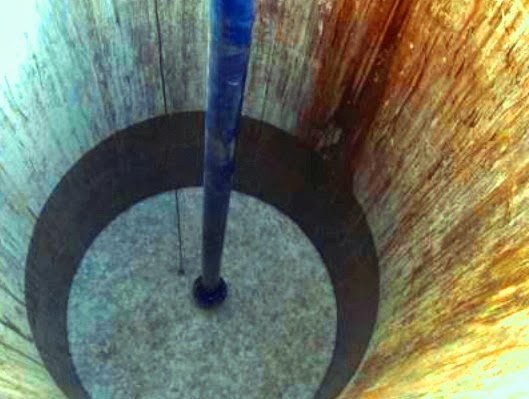Factor of Safety for Ultimate Bearing Capacity of Pile Foundation
In civil engineering design, factor of safety is an important term to encounter uncertainty of determined foundation bearing capacity. Where we can predict the loading or stress path and way of failure more precisely we will provide less safety and when we can determined these accurately, an factor of safety of unity may be used.
In geotechnical projects these have number of parameters in determining both foundation settlement and bearing capacity that may be influenced by many factors and even one parameter is determined wrongly, these capacities may be underestimated or overestimated to great extent.
In general, safety factors are applied in estimation of all failure loads considers
-reliability of determined value of ultimate bearing capacity
-loading type
-superstructure type
-allowable total settlement
-allowable differential settlement
Ultimate bearing capacity can be calculated form
-static formula
-dynamic formula
In both cases safety factors should be used. The minimum safety factor shall be 2.5 for that is measured by static.
Sometimes load test is conducted to determine pile capacity. In such case, safety factor should be increased in determining safe load, considering unfavorable conditions. These conditions are:
a. Limited settlement, least or no differential settlement in case of machinery aligned accurately or a sensitive finish to superstructure.
b. Large vibrating and impact loads are anticipated
c. Strength of soil or its modulus is considered to be deteriorated with time.
d. Live load is a significant portion of total load and piles resist this live load mostly by friction.
